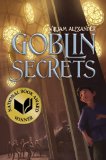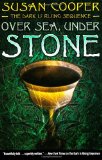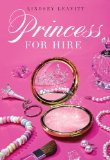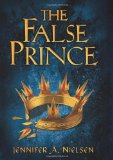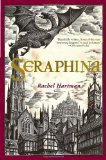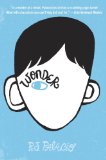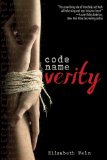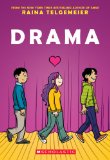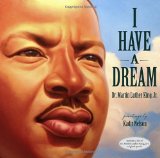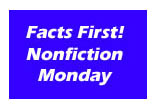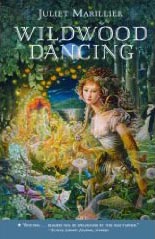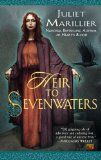Review of Goblin Secrets, by William Alexander
by William Alexander
Margaret K. McElderry Books, New York, 2012. 223 pages.
2012 National Book Award Winner
Here’s a creepily atmospheric tale of an orphan living on the streets, under the control of a powerful witch. Graba keeps many “grandchildren” running her errands, bringing things to her. On the first morning of this book, she has Rownie wind up her leg.
“My leg bones have run down,” she told him. “Wind them for me now.” She extended a gearwork leg from under her stool. It was bird-shaped, with three long talon-toes in front and one in back, at the heel. The whole limb had been made out of copper and wood.
Rownie pried the crank out from her shin and wound it up, watching gears turn against chains and springs inside.
Graba always said that Mr. Scrud, the local gearworker, hadn’t enough skill to make legs into human shapes. Vass whispered that Graba needed the chicken legs to hold up her hugeness, that nothing smaller would suffice, and that Graba wouldn’t be able to walk today if she hadn’t lost the ordinary legs she’d been born with.
There’s clockwork all over the place, though it’s not exactly a steampunk story. The Captain of the Guard has clockwork eyes. A clockwork mule pulls a cart, and there’s a huge clock over the city of Zombay.
Rownie is still missing and looking for his older brother, Rowan, who disappeared after his illegal troupe of actors was stopped by the Guard. Players are illegal in Zombay — except for among Goblins, the Tamlin, the changed.
Rownie sees a group of Goblins performing, and is pulled into the act. They offer him a much more welcoming place than what he has with Graba. But Graba’s still looking for him, and he’s not sure why, but it seems the fate of the whole city may be at stake.
It may be a fault in me, or I may not have read carefully enough, but I was never very clear on how the magic in this world worked, or how someone could be part clockwork, or how hearts could be made into coal, or how a person was “Changed” into one of the Tamlin. I guess I like magic rules a little more spelled-out than they were in this book.
The book does “atmospheric” extremely well, though. And I loved the magical masks the players use, and how a mask helps Rownie feel brave.
Ultimately, it’s an adventure story about a kid who needs some kindness, and I was happy to see him find some kindness, and also get to play a part in important events.
willalex.net
KIDS.SimonandSchuster.com
Find this review on Sonderbooks at: www.sonderbooks.com/Childrens_Fiction/goblin_secrets.html
Disclosure: I am an Amazon Affiliate, and will earn a small percentage if you order a book on Amazon after clicking through from my site.
Source: This review is based on a library book from the Fairfax County Public Library.
Disclaimer: I am a professional librarian, but I write the posts for my website and blogs entirely on my own time. The views expressed are solely my own, and in no way represent the official views of my employer or of any committee or group of which I am part.
Please use the comments if you’ve read the book and want to discuss spoilers!
